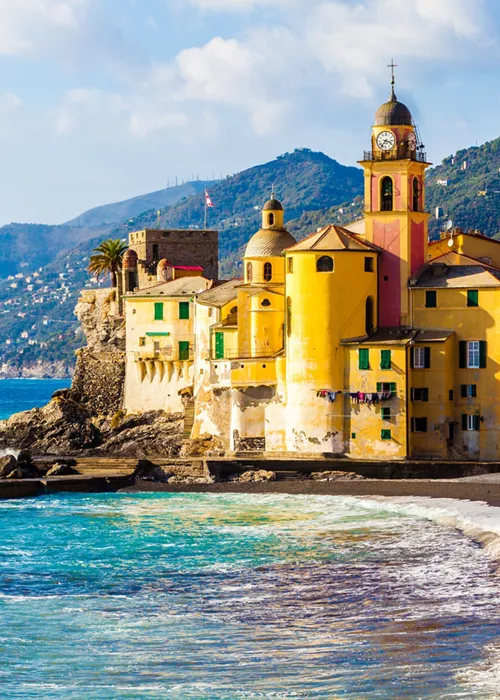Ligurian sheep's milk cheese: stories of pastures, flocks and mountains
2 minutes
Ever tried Ligurian Pecorino di malga?
If your answer is no, ours is: you should. A sweet table cheese, of short, medium or long maturation, soft or hard, it is a delight for the palate with valuable nutritional properties.
It is a cheese made from sheep's milk, like Pecorino Romano or Pecorino Sardo.
Sweet or spicy: which do you prefer?

Ligurian pecorino has a regular cylindrical shape, with flat faces reaching a diameter of about 20 cm. The characteristics vary depending on the ageing time, just like the taste that the palate will perceive.
Aged Ligurian pecorino appears darker on the outside, almost tending to brown, and has a more piquant flavour than fresh pecorino, with a delicate taste and a rind tending to a pale straw colour: its paste is white and when tasting it, you will perceive a more acidic note.
On the table: on its own or as an excellent ingredient

Pecorino di malga is a complete food, to be accompanied by fresh salads or combined with other Ligurian hinterland products, such as acacia honey or millefiori honey.
But be careful not to forget its role as the main ingredient in several local preparations, first and foremost pesto. There are others, less famous but just as delicious: for example, marò, a sauce used to flavour boiled meat and salt cod, widely used especially in the Sanremese area. It is prepared by adding fresh broad beans, mint, a clove of garlic, olive oil and salt to the cheese.
With a glass of dry white or young red

A dry white wine such as Riviera di Ponente-Pigato DOC or a red such as Colline Savonesi-Granaccia DOC can never be missing at the table with pecorino cheese.
Generally speaking, however, if we are talking about the fresh product, fruity, sapid and well-structured young reds are preferred, served at 15 or 16°. In the case of matured wines, reds aged 3 or 4 years should be brought to the table, warm and full served at 18°c.
Salting and curing: find out how they are done

In the manufacturing process, the salting is very important, either dry or immersed in brine, which does not vary for any type of Alpine cheese.
The maturation period, on the other hand, is different, ranging from 20 to 60 days for the mild one and from 2 to 12 months for the mature one.
In the first stage of production, whole sheep's milk is used, with calf rennet added. The breaking of the clot is maintained until the lumps reach the size of a hazelnut for the sweet type and the size of a kernel of corn for the cured.





















